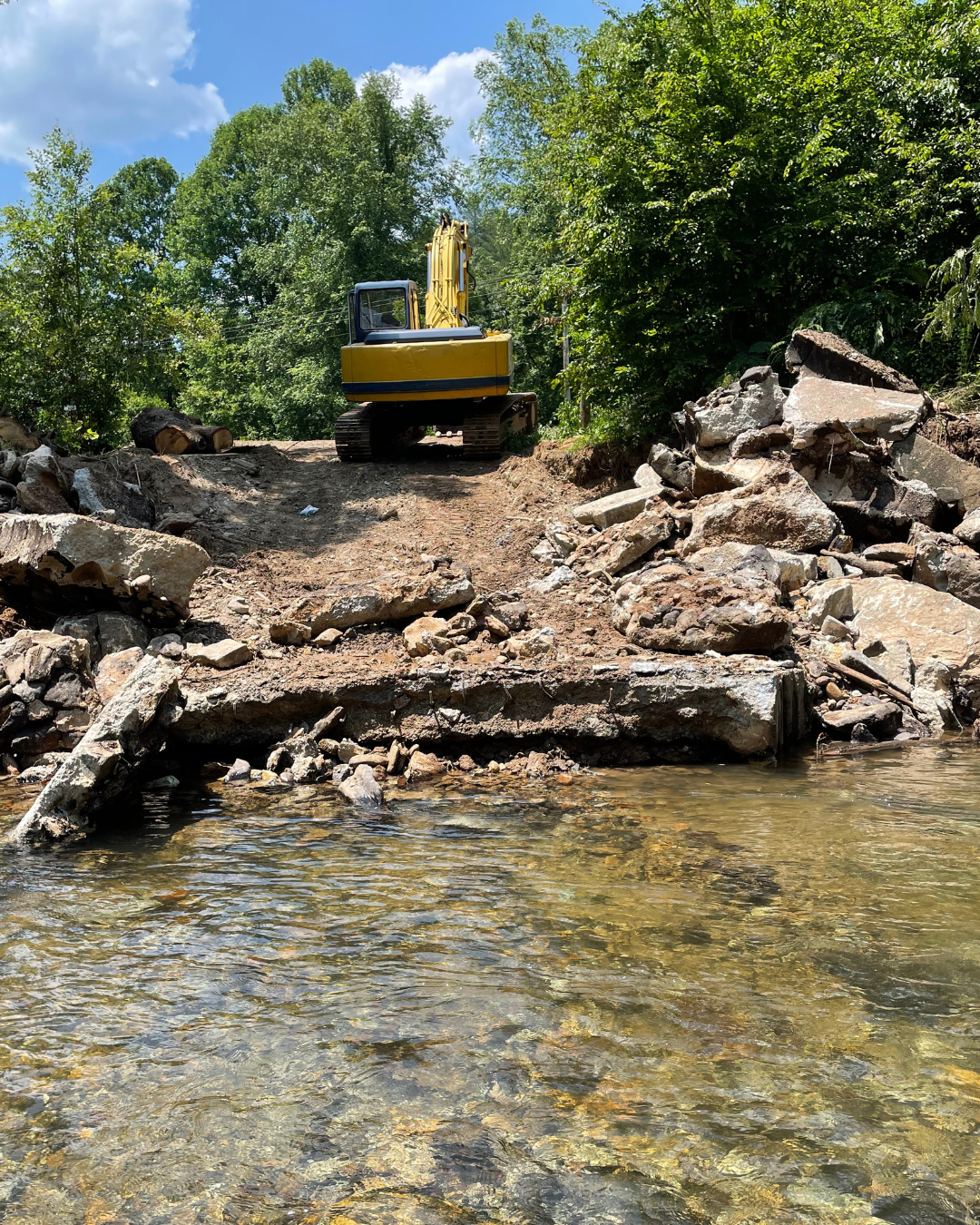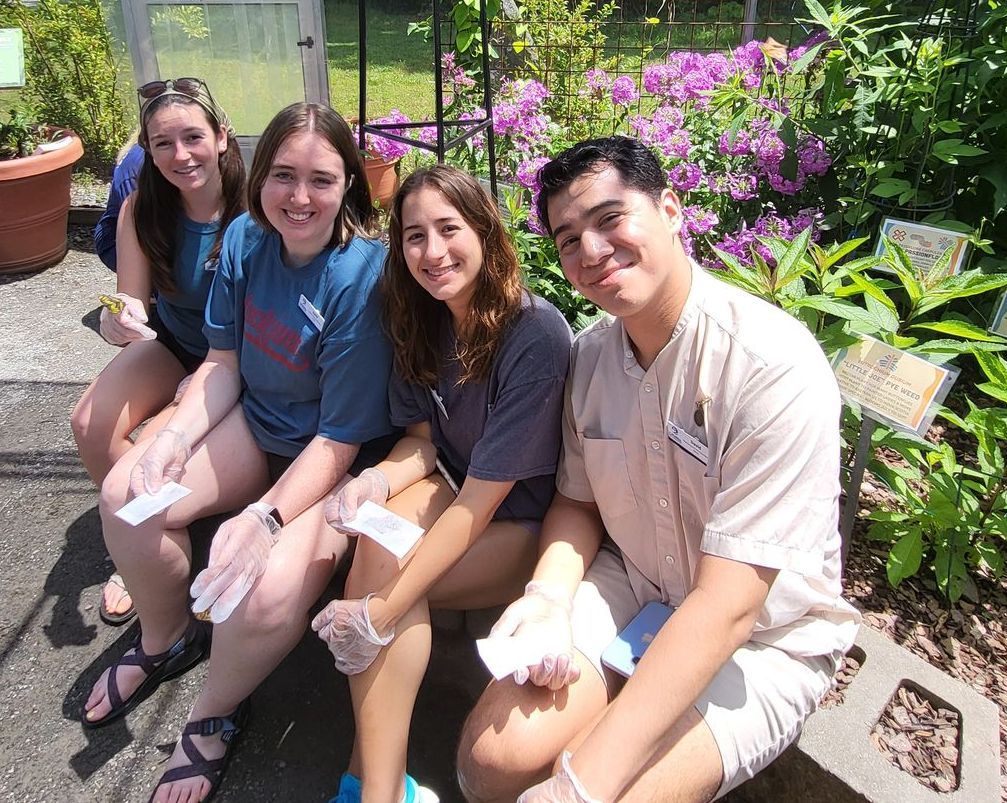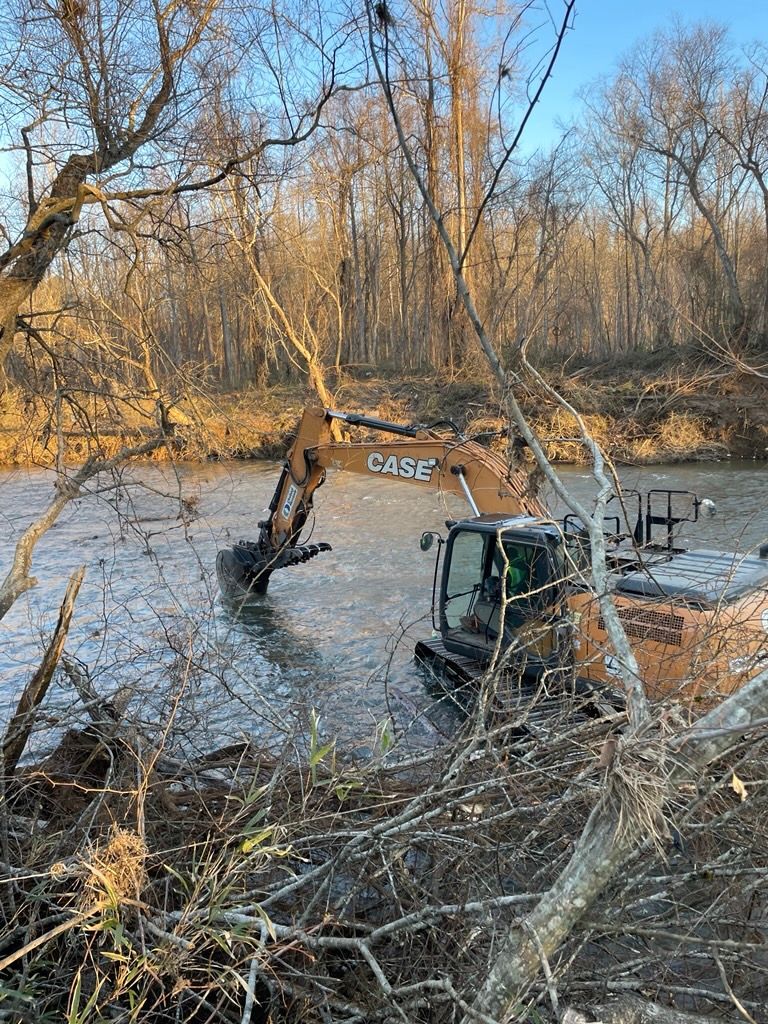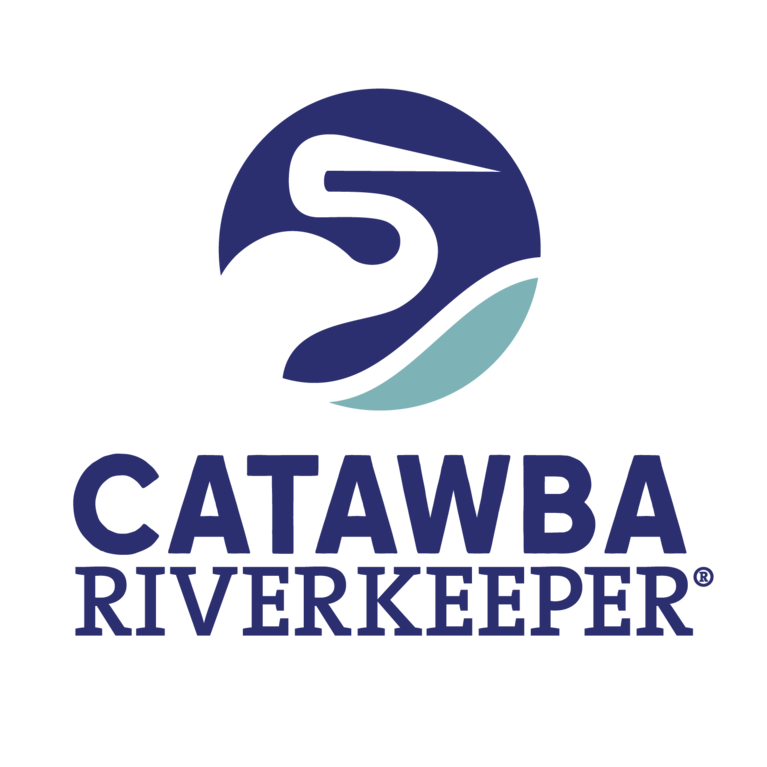Diving Deeper into IBTs

What is an IBT?
If you follow us online, you’ve probably seen the letters “IBT” tossed around over the last few months. But what is an IBT and why do we keep mentioning it?
IBT stands for “Interbasin Transfer,” or a process in which surface water is taken from a “donor” or “source” river basin and transferred to a “receiving” basin. Typically, IBTs are created because of a public water system’s need to increase the amount of water available to meet demand, or because a water system lies within two different river basins and draws water from one and discharges into the other. In 1993, North Carolina passed an “Act to Regulate Interbasin Transfers” that required a certificate from the North Carolina Environmental Management Commission (EMC) to permit any surface water transfers between river basins that were greater than 2 million gallons per day (MGD).
How many IBTs exist in North Carolina?
Currently, there are nine IBT certificates effectively regulating 11 water systems throughout the state. Additionally, 10 water systems are permitted to transfer more than two MGD through grandfathered allowances. Smaller surface water transfers between basins also exist, with six systems transferring between 1 and 2 MGD, and 106 systems transferring less than 1 MGD.
What's happening in Charlotte?
Charlotte Water draws water for the region from intakes on Lake Norman and Mountain Island Lake, both of which are in the Catawba-Wateree River Basin. However, with the city of Charlotte being situated partially in the Catawba-Wateree River Basin and partially in the Yadkin-Pee Dee River Basin, Charlotte Water currently uses an interbasin transfer certificate to discharge a portion of the region’s wastewater into the Yadkin-Pee Dee River Basin. As Charlotte regions located in the Yadkin-Pee Dee River Basin continue to grow (areas such as Mint Hill and Huntersville), Charlotte Water is predicting that the current IBT certificate that allows the transfer of 33 MGD will not be sufficient in the coming years. Because of this, they are requesting an increase to the certificate as they look towards the future. Click here to learn more about Charlotte Water’s IBT request.
Looking back and looking ahead.
In North Carolina, IBT requests must include water demand projections in 10-year increments for at least 30-years. Requests in this state must also meet the most extensive requirements in the Southeast, and the process can take anywhere from 3-5 years. Though this might seem like long-term planning, we don’t think this planning is long-term enough. Catawba Riverkeeper has been raising concerns about overallocation ever since Charlotte requested to expand its legacy IBT of 16.9 MGD to the current 33 MGD 23 years ago. We spoke out again in 2006 during the 2006 IBT request of Concord & Kannapolis, again in 2010 during the SC vs. NC Supreme Court case, and once again in 2013 on Charlotte’s permit to include the Goose Creek Watershed. The population is continuing to grow, correlating with the increased demand for water, and continuing to increase IBT certificates for decades to come has the possibility to adversely affect the receiving basin, donor basin, and downstream communities. We believe that it is critical to focus on long-term conservation and mitigation solutions instead of continuing to request these increases as short-term fixes.
What’s Catawba Riverkeeper doing?
Since Charlotte announced their increase request, we have been following developments and attending the public scoping meetings. Catawba Riverkeeper Brandon Jones shared preliminary comments at the final meeting in Rock Hill, SC, and on August 30, our official comments and recommendations for this interbasin transfer request were submitted to Charlotte’s IBT Project.
In these comments, Jones stated that “We are advocating that Charlotte take this opportunity to lead the region into the next phase of water conservation and mitigation. We need a new system that better captures the value of our surface waters for current and future generations. There are many ways to decrease the demand for transfers per capita and increase the available supply, all of which should be fully vetted.”
Click here to read the rest of our comments and recommendations.
What’s next?
Now that the public scoping meetings have concluded and comments from stakeholders have been submitted, NC DEQ will create an Environmental Impact Statement (EIS). This statement will examine potential impacts to both the source and receiving basins, including drought and conservation impacts. The EIS will also evaluate the possible alternatives to the proposed transfer as well as methods to mitigate negative impacts of it. Once drafted, the North Carolina Environmental Management Commission (EMC) will hold a public hearing and open another comment period to evaluate the draft. If approved, Charlotte Water will then be able to submit the IBT modification request to NC DEQ. The EMC will issue a draft decision of whether to grant the request, and another public hearing and comment period will commence. A final decision will then be made by the Environmental Management Commission.
We will be following every step of this process, so stay tuned for more updates in the months and years to come.
Sources
Charlotte Water Interbasin Transfer. Charlotte Water. (n.d.).
https://www.charlottenc.gov/water/DevelopmentBusiness/Charlotte-Water-IBT
NC DEQ. (2022, March 10). Regulatory Impact Analysis: Interbasin Surface Water Transfers.
https://www.deq.nc.gov/emc-attach-10mar22-6/open
River Network. (2019). Protecting and Restoring Flows in Our Southeastern Rivers: A Synthesis of State Policies for Water Security and Sustainability.








